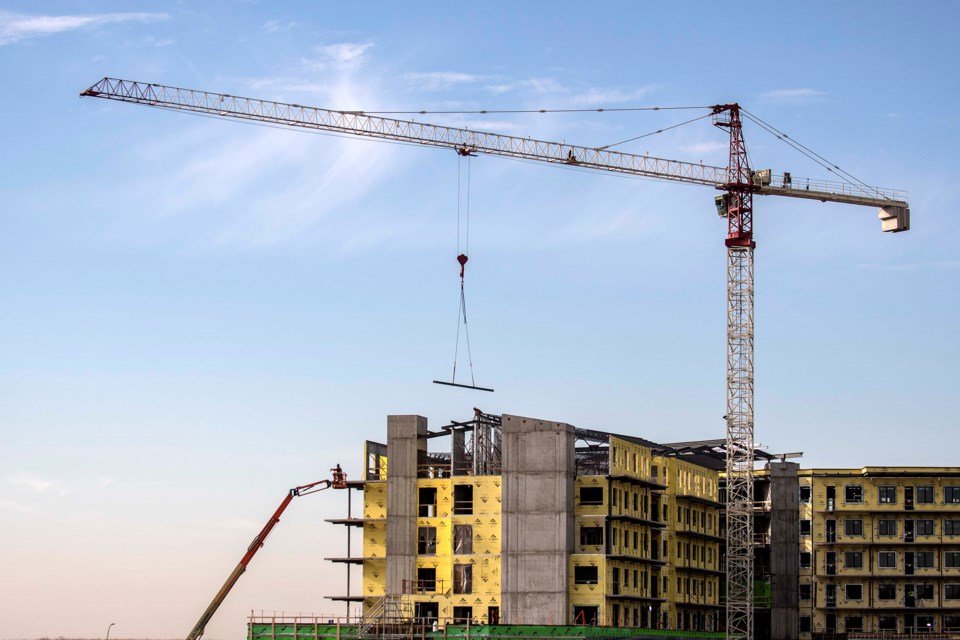Effects of Alberta's poor economy over recent years were only just being felt in St. Albert's development sector last year, city building permit revenue figures suggest.
Despite an increase in total building permits approved in 2018, revenue figures from those permits were down 54 per cent compared to the previous three-year average.
In 2018, the city took in $809,393 from building permits, and between 2015 and 2017 average revenues were $1.8 million.
Yet there were 877 total building permits last year, compared to 841 in 2017 and 836 in 2016.
This is because building permit fees are based upon the estimated value of the projects. For example, a single permit for one apartment building could result in a market value similar to permits to build 60 semi-detached homes.
St. Albert planning branch manager Kristina Peter said the reduction in building permit fees can be attributed mainly to a stall in applications for large, higher-value commercial buildings.
“These large projects take a long time to get the funding for ... some of these may have been planned when the economy was a little bit better, say in 2014. But it took that long for the financing and all the investment, and subdivision approval and everything like that,” she said.
“It’s kind of reflective of the economy as a whole.”
Last year, there were 79 total building permits granted for new commercial buildings, compared to 98 the previous year. The market value for institutional builds dropped significantly last year as well, from $21 million in 2017 to just under $2 million last year.
In addition, there were no applications to build apartment buildings in St. Albert, whereas there were 11 between 2015 and 2017.
Spike in residential
Semi-detached and single-family residential applications were on par with previous years, and townhouse or condo permits spiked.
St. Albert building and safety code officer Brian Boddez said this signals an increase in the diversity of housing options in St. Albert.
“It’s diversity in housing is happening in St Albert – there is more of a demand for affordable residences and builders are reacting to that,” he said.
Peter said market demand in addition to zoning changes and regional expectations for higher densification is leading this move.
“It’s a reaction to the market, but also to that policy initiative by the region to be more sustainable with our land use,” she said.
Province-wide trend
Big construction projects tend to follow a five-year cycle, Edmonton Construction Association executive director John McNicholl said, which is why the recession from years ago could be having lasting impacts.
First, the development investment is secured, its permit is applied for and granted, and finally shovels go in the ground years later. Nicholl said the building projects of today are based upon decisions made, say, three years ago.
“Construction will continue to do well after the economy slows down, because those decisions were made when the economy was strong,” he said. “Generally people follow through on those commitments if they're in the fourth and fifth year of a construction cycle.”
He added the association’s analysis of permitting and construction trends shows this year will see a slowdown of as much as 40 per cent in construction spending.
“That’s heavily discouraging,” he said. “It’s really hard to know what the new normal will be.”




